As artists continue to push the boundaries of their craft, unlocking the power of creativity in art has become a vital aspect of self-expression and innovation. Developing creativity in art involves a multifaceted approach that encompasses understanding the importance of creative arts development, exploring the concept of creativity in art, and fostering a culture of innovation and originality. By embracing the process of idea generation and evaluation, cultivating critical thinking and analysis skills, and tapping into the power of imagination and inspiration, artists can unlock new levels of creativity and bring fresh perspectives to their work.
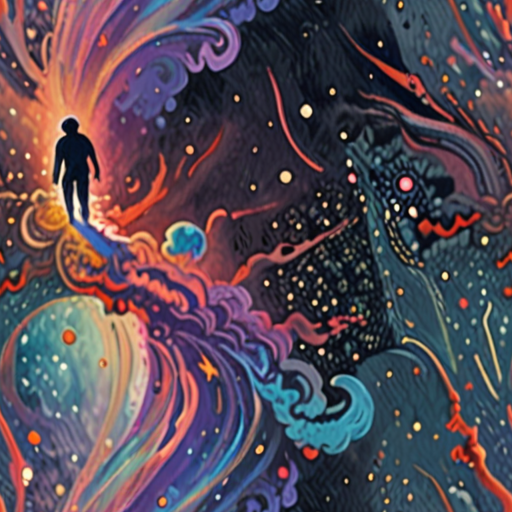
Unlocking Creativity in Art
As an artist, I understand the importance of staying inspired and pushing boundaries in our creative pursuits.
- Experiment with New Techniques: Try out different mediums, styles, and approaches to discover what works best for you.
- Draw Inspiration from Nature: Observe the world around you – colors, textures, patterns – and let them influence your work.
- Collaborate with Others: Working alongside fellow artists can spark new ideas and foster a sense of community.
- Take Breaks and Practice Self-Care: Allow yourself time to rest and recharge, ensuring you return to your art refreshed and revitalized.
- Stay Curious and Open-Minded: Continuously seek out new knowledge, attend workshops, and engage with diverse perspectives to stay inspired.
At Artfull Journey , we believe that creativity knows no bounds, and with dedication and passion, anyone can unlock their full potential as an artist.
Embracing Failure as a Learning Opportunity
Fear of failure often holds us back from taking risks and exploring new possibilities. However, it’s essential to view failures as stepping stones towards growth and learning.
- Reflect on Past Experiences: Analyze what went wrong and identify areas for improvement.
- Seek Feedback from Peers: Ask for constructive criticism and incorporate it into your next project.
- Stay Flexible and Adaptable: Be willing to pivot and adjust your approach as needed.
Staying Motivated and Focused
Maintaining momentum and motivation can be challenging, especially when faced with self-doubt or creative blocks.
- Set Realistic Goals and Deadlines: Break down larger projects into manageable tasks and establish achievable milestones.
- Find Accountability and Support: Share your goals with friends, family, or a mentor to gain encouragement and motivation.
- Prioritize Self-Care and Wellness: Regular exercise, healthy eating, and sufficient sleep can significantly impact your mental and physical well-being.
By embracing these strategies and staying committed to our craft, we can continue to grow, learn, and push the boundaries of what’s possible in the world of art.
What is Creative Arts Development?
Creative arts development refers to the process of nurturing and cultivating artistic skills and talents in individuals, particularly children and young adults.
- This can involve teaching various art forms, such as music, dance, theater, visual arts, and creative writing, to help learners develop their imagination, creativity, and self-expression.
- Creative arts development programs often aim to foster critical thinking, problem-solving, and collaboration skills, while promoting emotional intelligence and social awareness.
The Importance of Creative Arts Development
Creative arts development plays a vital role in shaping the cognitive, emotional, and social abilities of individuals, particularly during their formative years.
- Research has shown that engagement in creative activities can enhance cognitive function, boost memory, and improve concentration.
- Creative arts development can also promote emotional intelligence, empathy, and self-awareness, leading to better relationships and social interactions.
- Furthermore, creative arts development can foster innovation, entrepreneurship, and creativity, essential skills for success in today’s fast-paced and rapidly changing world.
Benefits of Creative Arts Development
The benefits of creative arts development extend beyond personal growth and development, impacting society as a whole.
- Creative arts development can contribute to community building, social cohesion, and cultural enrichment, fostering a sense of belonging and identity.
- Additionally, creative arts development can support economic growth, job creation, and tourism, making it a valuable investment for communities and governments alike.
Getting Involved in Creative Arts Development
If you’re interested in getting involved in creative arts development, there are numerous ways to do so:
- You can volunteer at local arts organizations, schools, or community centers, helping to teach and mentor young people in various art forms.
- You can also participate in online courses, workshops, or webinars, learning new skills and staying updated on the latest trends and best practices in creative arts development.
- Furthermore, you can support local artists, arts organizations, and initiatives, helping to promote and sustain creative arts development in your community.
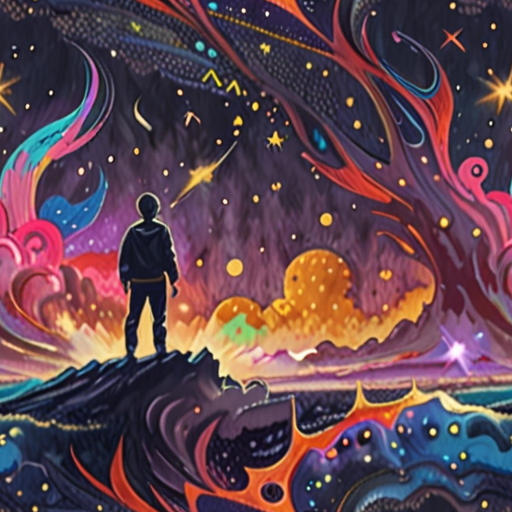
What is Creativity in Art?
Creativity in art refers to the ability to think outside the box and push boundaries, resulting in innovative and unique expressions.
- Artistic expression can take many forms, including painting, sculpture, photography, music, dance, and theater.
- Creative art often involves experimentation and taking risks, which can lead to unexpected and exciting outcomes.
- The process of creating art can be therapeutic and fulfilling, allowing individuals to express themselves and tap into their imagination.
Key Elements of Creativity in Art
- Originality: Creativity in art involves coming up with fresh ideas and perspectives that challenge conventional norms.
- Innovation: Artists who are creative often find new ways to combine materials, techniques, and styles to create something unique.
- Personal Interpretation: Creativity in art allows individuals to express their own thoughts, feelings, and experiences in a way that is authentic and meaningful.
Examples of Creative Art
- Pablo Picasso’s Cubist paintings, which broke away from traditional representation and explored new ways of depicting reality.
- Jackson Pollock’s action paintings, which involved dripping and splashing paint onto a canvas to create dynamic and expressive works.
- Andy Warhol’s pop art, which celebrated consumer culture and mass production through silkscreen prints and other media.
How to Cultivate Creativity in Art
- Experiment with different materials and techniques to discover new possibilities.
- Take risks and try new things, even if they may not work out as planned.
- Draw inspiration from nature, other artists, and everyday life to spark new ideas.
Conclusion
Creativity in art is a powerful force that can bring joy, inspiration, and self-expression to individuals and communities alike.
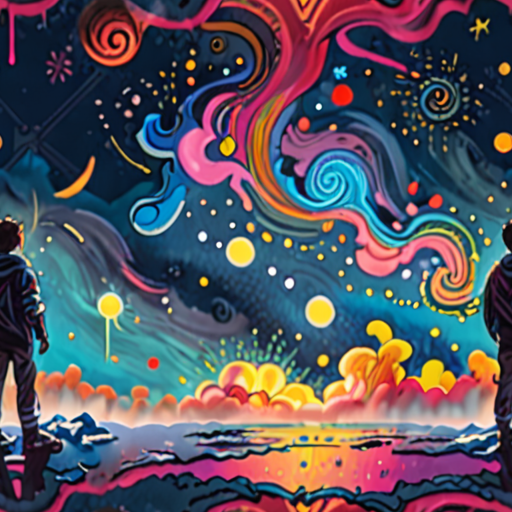
Developing Creativity
Developing creativity involves a gradual maturation and evolution of creative abilities from childhood to adulthood.
- The process involves a dialectical interaction between evolutionary changes and revolutionary shifts in creative behavior.
- Creative development can be influenced by various factors, including genetics, environment, and life experiences.
- As individuals mature, their creative abilities may evolve and become more refined, leading to increased innovation and productivity.
Key Aspects of Creative Development
Several key aspects contribute to the development of creativity:
- Cognitive Flexibility : The ability to switch between different mental frameworks and adapt to new situations.
- Divergent Thinking : The capacity to generate numerous ideas and possibilities.
- Convergent Thinking : The ability to narrow down options and arrive at a solution.
- Emotional Intelligence : Self-awareness, empathy, and social skills that facilitate effective collaboration and communication.
Strategies for Fostering Creativity
To develop creativity, consider the following strategies:
- Practice Mindfulness : Cultivate awareness of thoughts, emotions, and surroundings to enhance cognitive flexibility.
- Engage in Diverse Activities : Explore various hobbies, interests, and experiences to stimulate divergent thinking.
- Set Challenges and Goals : Establish objectives that promote convergent thinking and problem-solving.
- Nurture Emotional Intelligence : Develop self-awareness, empathy, and social skills through self-reflection, active listening, and constructive feedback.
Resources for Creative Growth
Explore the following resources to support creative development:
- Artful Journey : A platform offering creative resources, tutorials, and inspiration for artists and art enthusiasts.
- CreativeLive : An online learning platform providing courses and workshops on creative topics.
- Behance : A community showcasing creative work and projects from around the world.
The 5 Stages of Creativity
As creatives, understanding the process of innovation can help us unlock our full potential and bring new ideas to life.
-
Stage 1: Incubation
This stage involves allowing ourselves to relax and let go of conscious thinking, making space for our subconscious mind to work its magic.
-
Stage 2: Intimation
We begin to feel a sense of intuition or hunch about a particular idea or concept, which may seem vague or unclear at first.
-
Stage 3: Inspiration
A sudden burst of insight or epiphany occurs, revealing a clear vision or solution to the problem we’ve been grappling with.
-
Stage 4: Illumination
We gain a deeper understanding of the idea or concept, seeing connections and relationships between seemingly unrelated things.
-
Stage 5: Verification
We test and refine our idea, gathering feedback and iterating until we’re confident in its validity and effectiveness.
By embracing these five stages of creativity, we can tap into our full potential and bring innovative ideas to life.
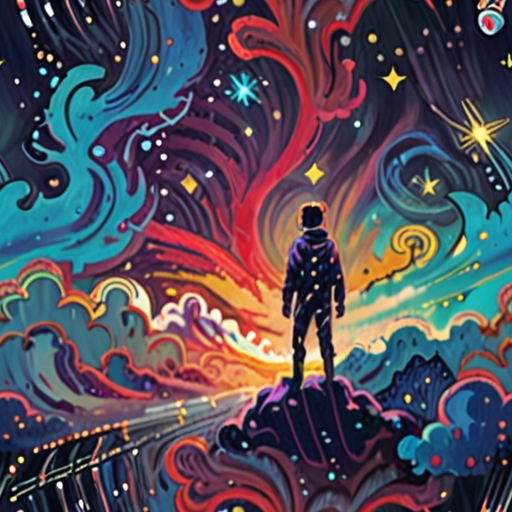
Example of Creative Development
Creative development encompasses a broad spectrum of skills and abilities that enable individuals to express themselves through various mediums, including dance, music, visual arts, and dramatic play.
- Artistic Expression: This aspect of creative development involves the ability to convey emotions, thoughts, and ideas through creative outlets such as painting, drawing, sculpture, and other forms of visual art.
- Musical Composition: Musical composition is another vital component of creative development, allowing individuals to express themselves through melody, harmony, and rhythm.
- Dramatic Play: Dramatic play is a crucial element of creative development, enabling individuals to explore their imagination and creativity through role-playing, improvisation, and storytelling.
- Dance and Movement: Dance and movement are essential aspects of creative development, allowing individuals to express themselves through physical movement and gesture.
Real-World Applications
Creative development has numerous real-world applications, including:
- Education: Creative development plays a critical role in education, helping students develop essential skills such as problem-solving, critical thinking, and communication.
- Professional Settings: In professional settings, creative development enables employees to think outside the box, innovate, and solve complex problems.
- Personal Growth: Creative development is essential for personal growth, enabling individuals to express themselves, explore their passions, and develop a sense of purpose.
Conclusion
In conclusion, creative development is a multifaceted concept that encompasses a range of skills and abilities essential for self-expression, innovation, and personal growth. By understanding and embracing creative development, we can unlock our full potential and live more fulfilling lives.
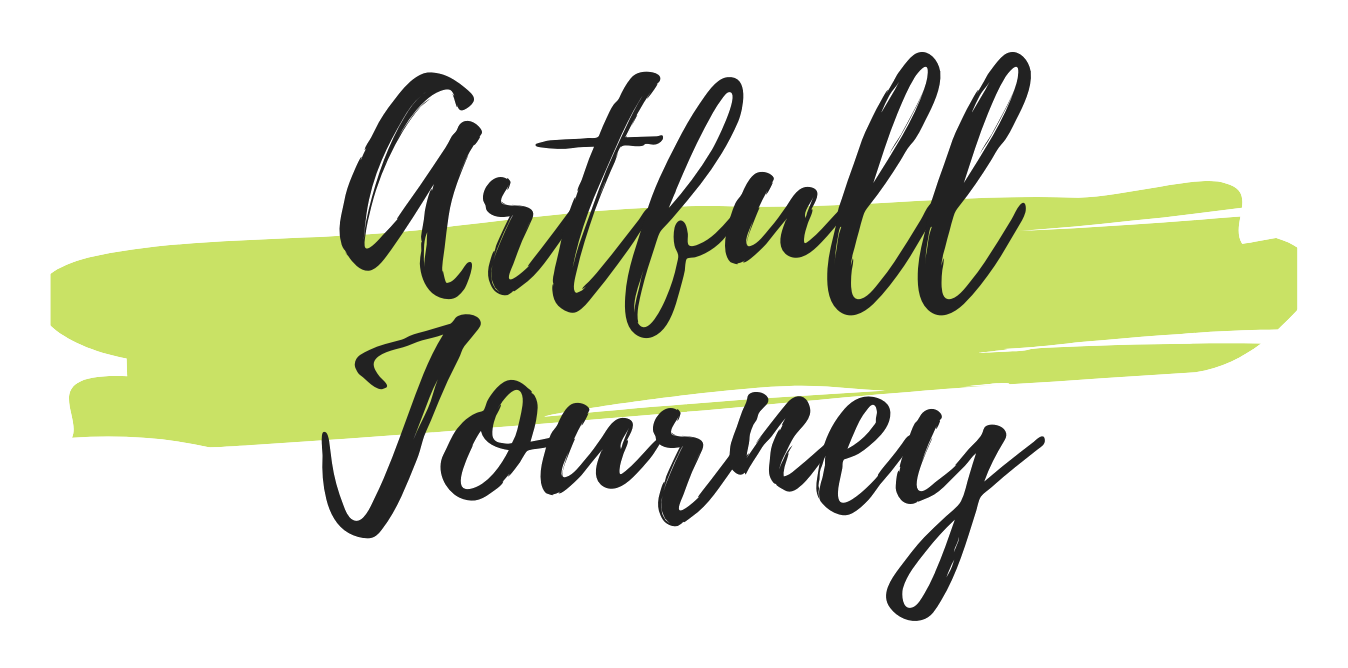
0 Comments